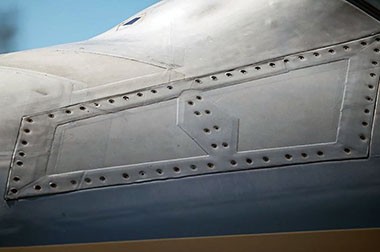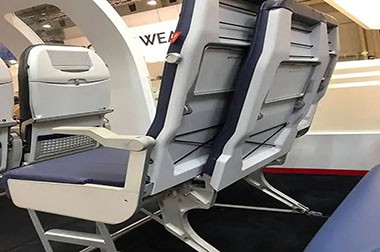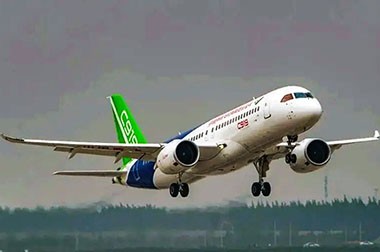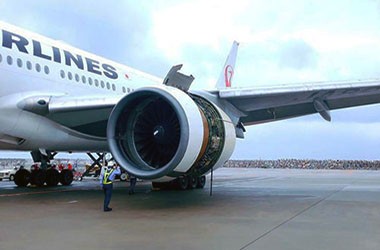What is aerospace aluminum-magnesium alloy?
Aerospace aluminum-magnesium alloys refer to alloy materials primarily composed of aluminum and magnesium, widely used in the aerospace field due to their excellent mechanical properties, good corrosion resistance, and relatively lightweight characteristics.
Aerospace aluminum-magnesium alloys, with aluminum and magnesium as their main components, exhibit outstanding strength, corrosion resistance, and machinability. These alloys have a low density, which helps reduce aircraft weight and improve fuel efficiency. Their strength is similar to that of aluminum alloys, but the addition of magnesium enhances fatigue resistance and ductility.
Compared to regular aluminum alloys, aerospace aluminum alloys have higher requirements for strength, hardness, toughness, fatigue resistance, and plasticity. They are mainly used in various components such as fuselage stringers, wing skins, ribs, seat tracks, longerons, wing spars, side frames, fuselage skins, lower fuselage panels, main floor beams, and wing upper and lower flanges.

Composition and Types of Aerospace Aluminum-Magnesium Alloys
Aerospace aluminum-magnesium alloys typically consist mainly of aluminum (Al) and magnesium (Mg) as alloying elements, and may also contain small amounts of manganese (Mn), silicon (Si), zinc (Zn), copper (Cu), and other elements to improve the performance of the alloy. Depending on the ratio of aluminum to magnesium and the presence of other alloying elements, aerospace aluminum-magnesium alloys can be divided into different series, such as:
- 2xxx series: Mainly copper-based alloys, high strength but lower corrosion resistance.
- 5xxx series: Primarily magnesium-based, with good corrosion resistance and weldability, commonly used in aerospace and shipbuilding.
- 7xxx series: Mainly zinc-based, high strength, often used in aircraft structural components.
Aerospace structural aluminum alloys primarily include high-strength 2xxx series (2024, 2017, 2A12, etc.) and ultra-high-strength 7xxx series (7075, 7475, 7050, 7A04, etc.), as well as some 5xxx series (5A06, 5052, 5086, etc.).
Performance Characteristics of Aerospace Aluminum Alloys
- Lightweight: Aluminum-magnesium alloys have low density, helping to reduce the overall weight of the aircraft and improve fuel efficiency.
- High Strength: Aluminum-magnesium alloys have high tensile strength and yield strength, capable of withstanding large loads.
- Corrosion Resistance: The addition of magnesium enhances the corrosion resistance of the alloy, especially in humid and marine environments.
- Good Machinability: Aluminum-magnesium alloys are easy to cast, extrude, weld, and machine, making them suitable for manufacturing complex-shaped parts.
Applications of Aerospace Aluminum Alloys
Aerospace aluminum-magnesium alloys have wide applications in the aerospace field, mainly including:
- Aircraft structural components: such as fuselage, wings, and tail structures.
- Aircraft parts: such as engine components, landing gear, etc.
- Other transportation vehicles: such as high-speed trains and ships.
Processing of Aerospace Aluminum
The processing techniques for aerospace aluminum-magnesium alloys generally include heat treatment, cold working, and surface treatment. Heat treatment can enhance the strength and toughness of the alloy, while surface treatment (such as anodizing) can further improve corrosion resistance.











